Sri Lanka’s misty central highlands rise dramatically from the tropical lowlands, creating a landscape where tea plants thrive in the cool mountain air. This region—known simply as “hill country” to locals—has been shaped by tea cultivation since 1867, when Scottish planter James Taylor first established a commercial tea estate near Kandy, forever changing the island’s economy and landscape.
The neat rows of waist-high tea bushes that carpet these mountains represent more than an agricultural product—they embody a cultural heritage, a colonial legacy, and a living tradition that continues to evolve. Here is a list of 18 essential stops for anyone looking to explore Sri Lanka’s tea country in depth.
Pedro Tea Estate, Nuwara Eliya
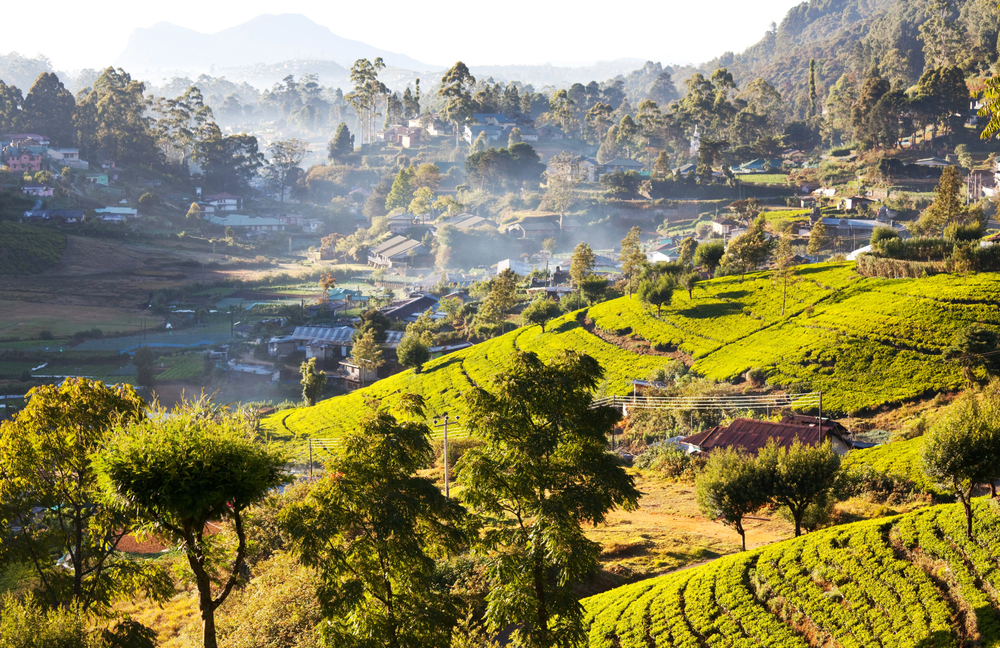
Established in 1885, this working plantation offers the most accessible tea experience near Nuwara Eliya town—Sri Lanka’s highest-elevation hill station, often called “Little England” for its colonial architecture and cool climate. The estate’s guided tours take visitors through the entire production process, from leaf plucking to packaging, with knowledgeable guides explaining how altitude affects flavor development.
The factory itself remains refreshingly authentic, with vintage British-made machinery still operating alongside modern equipment. Their tasting room overlooks manicured tea gardens where fourth-generation pluckers move methodically through the fields, their deft fingers selecting just two leaves and a bud from each stem.
Mackwoods Tea Centre, Labookellie
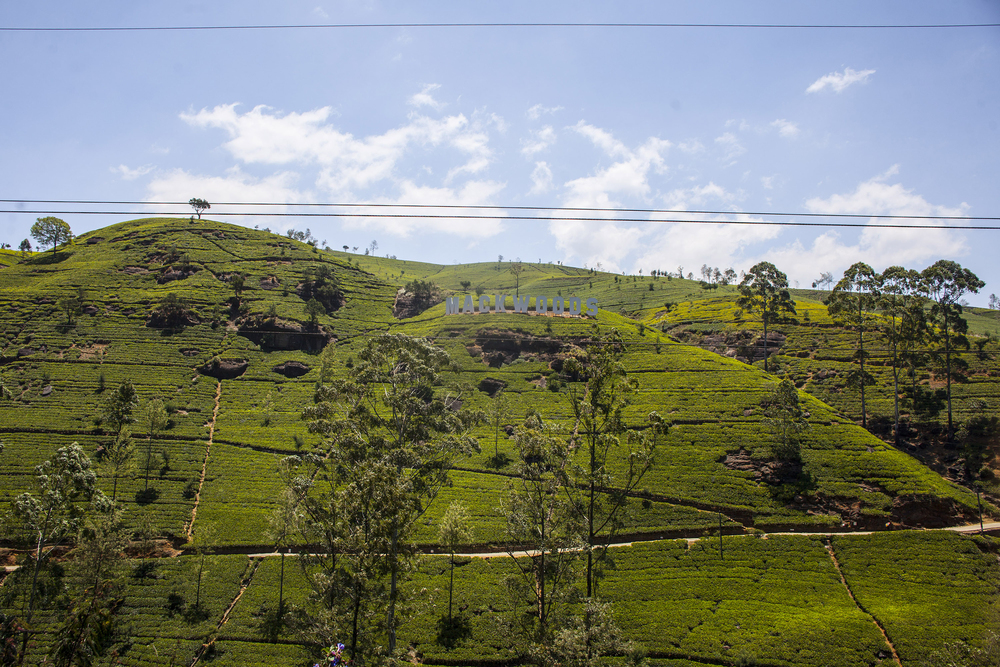
The iconic white tea sign emblazoned on the hillside has become one of Sri Lanka’s most photographed landmarks, visible for miles across the valley. Unlike some commercialized tea experiences, Mackwoods maintains a working factory where visitors observe tea processing from sorting through fermenting to final grading.
Their hillside café serves exceptional single-estate teas paired with traditional British-style scones and strawberry preserves—a nod to the region’s colonial heritage. The true highlight is wandering the paths between perfectly maintained tea bushes with sweeping panoramic views while workers call cheerful greetings as they expertly harvest the delicate new growth.
Like Travel Pug’s content? Follow us on MSN.
Dambatenne Tea Factory, Haputale
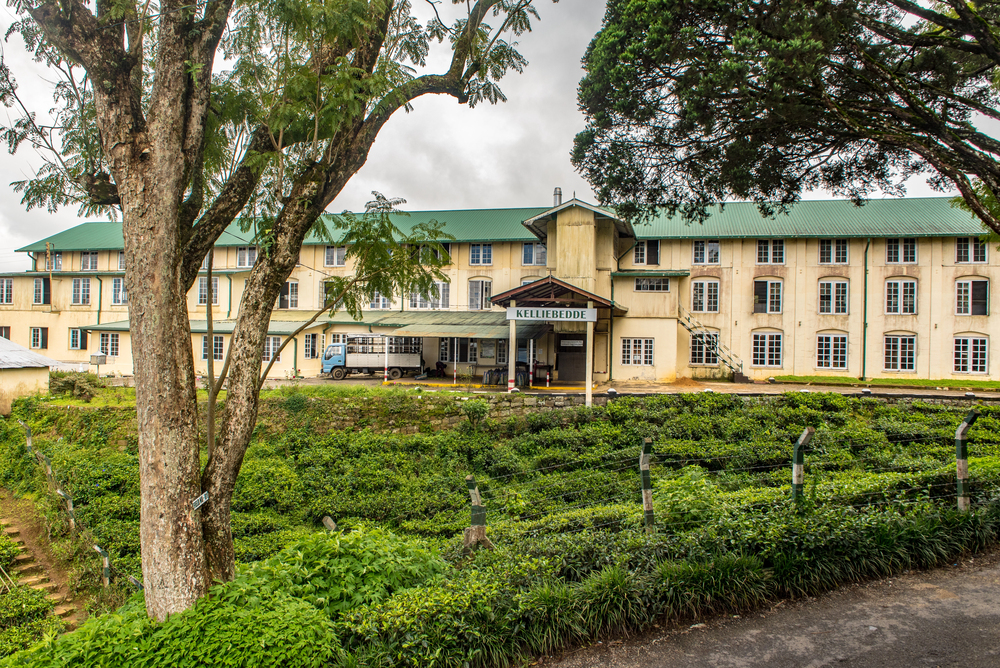
Built by tea pioneer Sir Thomas Lipton in 1890, this historic factory continues production using many original techniques and some vintage machinery. The tour reveals Lipton’s innovations that helped democratize tea consumption worldwide by streamlining production and cutting out middlemen.
Unlike more tourist-oriented estates, Dambatenne offers an authentic working environment where visitors must sometimes step aside as workers wheel fresh leaves through the narrow passages between oxidation tables. The factory’s location provides the starting point for the hike to the iconic Lipton’s Seat—the panoramic viewpoint where the tea magnate supposedly surveyed his vast green empire.
Lipton’s Seat, Haputale
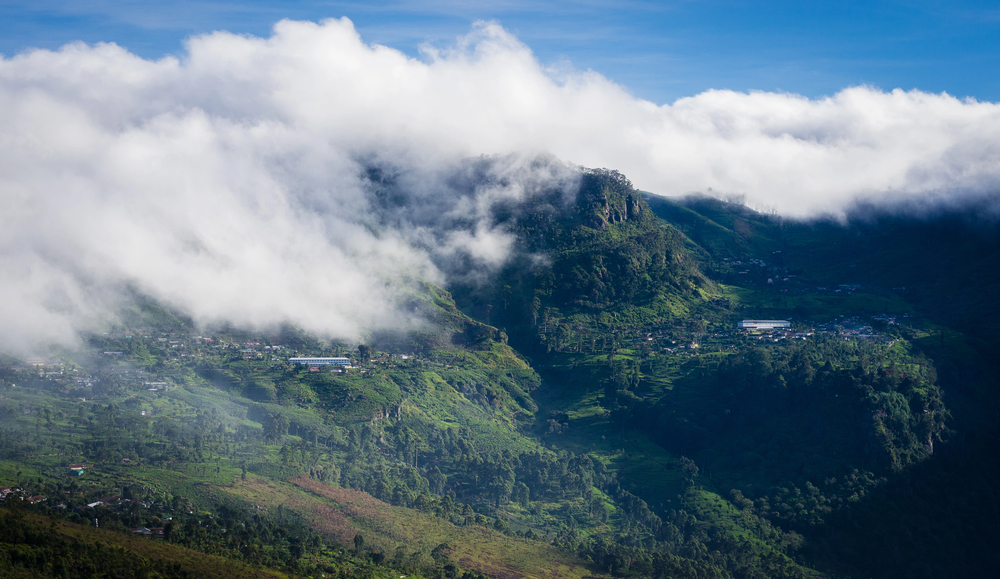
The journey matters as much as the destination on the winding 7-mile road from Dambatenne Factory to this lofty viewpoint. Early risers who arrive before 9 AM might witness the magical experience of standing above the morning cloud layer with mountain peaks creating islands in a white sea.
Sir Thomas Lipton himself supposedly sat here regularly, contemplating the empire of green he had cultivated across these hills. The panorama encompasses tea-covered mountains extending across seven major provinces—on clear days, you can even glimpse the southern coast.
The small tea shop at the summit serves simple but delicious milk tea, alongside local jaggery sweets and spicy vadai fritters.
Nayapane Estate, Pussellawa
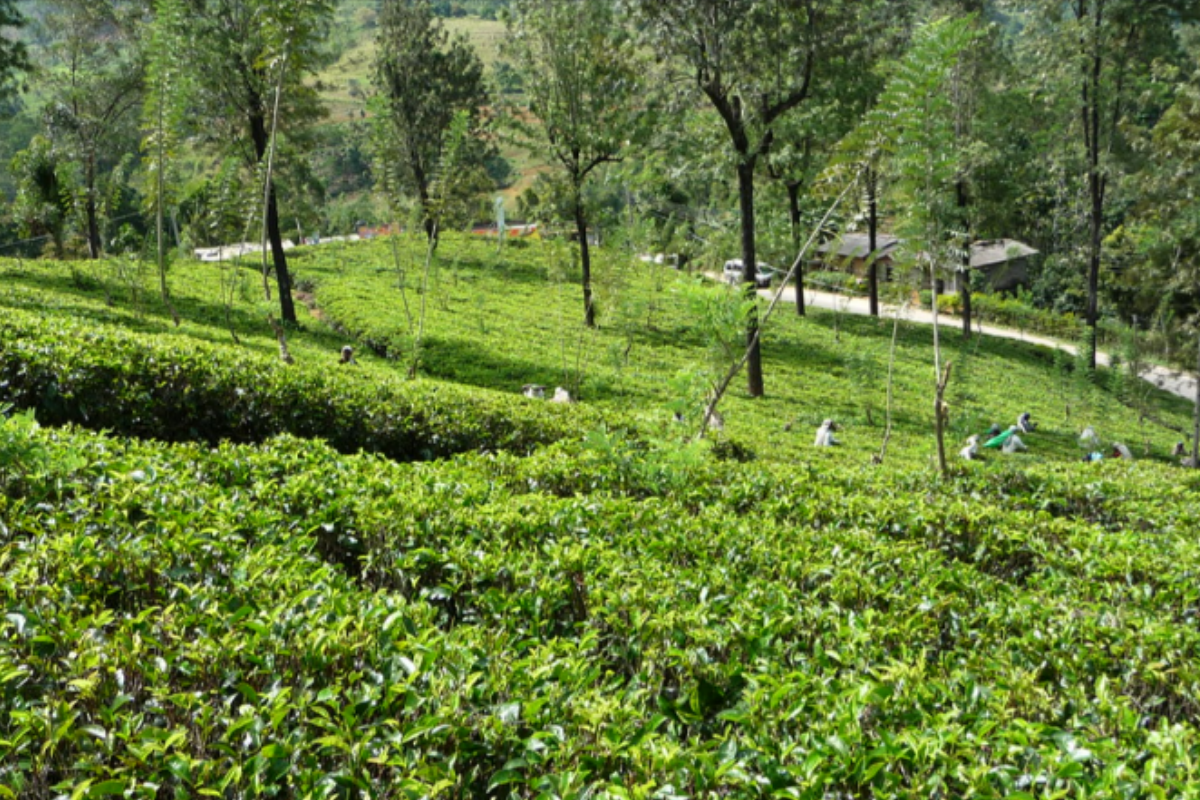
This lesser-known estate offers a more intimate experience away from the tourist trail, with personalized tours conducted by senior staff rather than scripted guides. Their specialty lies in traditional orthodox tea production methods where leaves undergo minimal processing to preserve subtle flavor notes.
What makes Nayapane special is its focus on terroir—how specific hillsides, morning mist patterns, and soil variations create distinctive flavor profiles within a single estate. Their tasting sessions include samples from different elevation zones within the property, allowing visitors to detect how the same tea plant produces notably different characteristics when grown just a few hundred feet apart.
Like Travel Pug’s content? Follow us on MSN.
Bluefield Tea Gardens, Ella
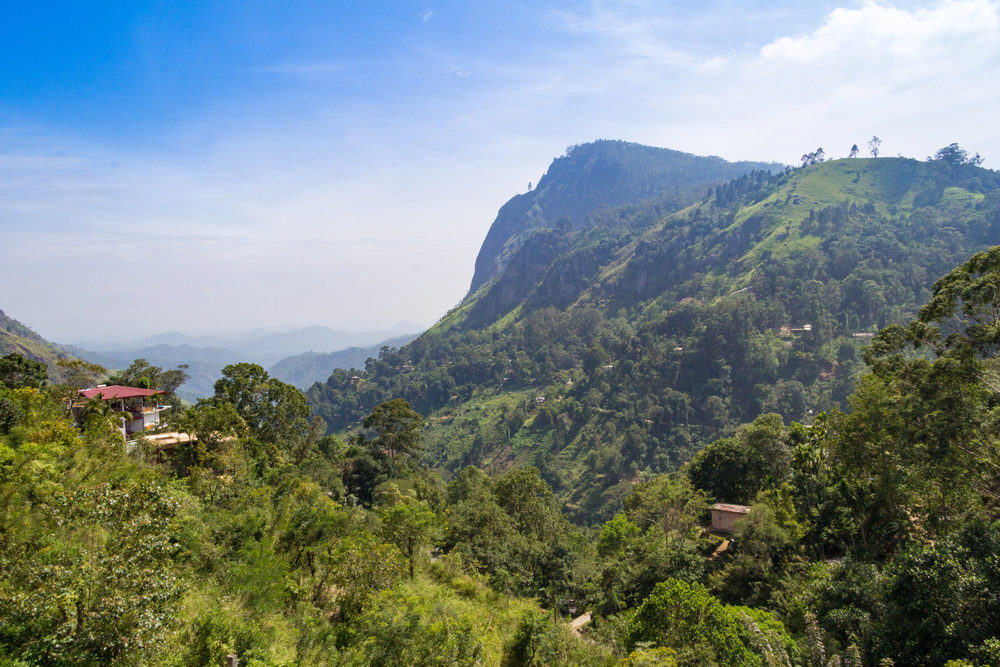
Perched dramatically along the famous Ella Gap with views extending to the southern plains, this garden specializes in handcrafted boutique teas produced in limited quantities. Their visitor experience focuses on sensory evaluation, with guided tastings that train participants to identify subtle flavor notes and aromatic compounds.
The factory tour explains how slight variations in processing—a few minutes longer oxidation or slightly lower firing temperature—can dramatically alter the final cup. Their garden paths include helpful botanical markers identifying the specific tea cultivars grown in different sections, along with native plants traditionally used to flavor and enhance Ceylon teas.
Ceylon Tea Museum, Kandy
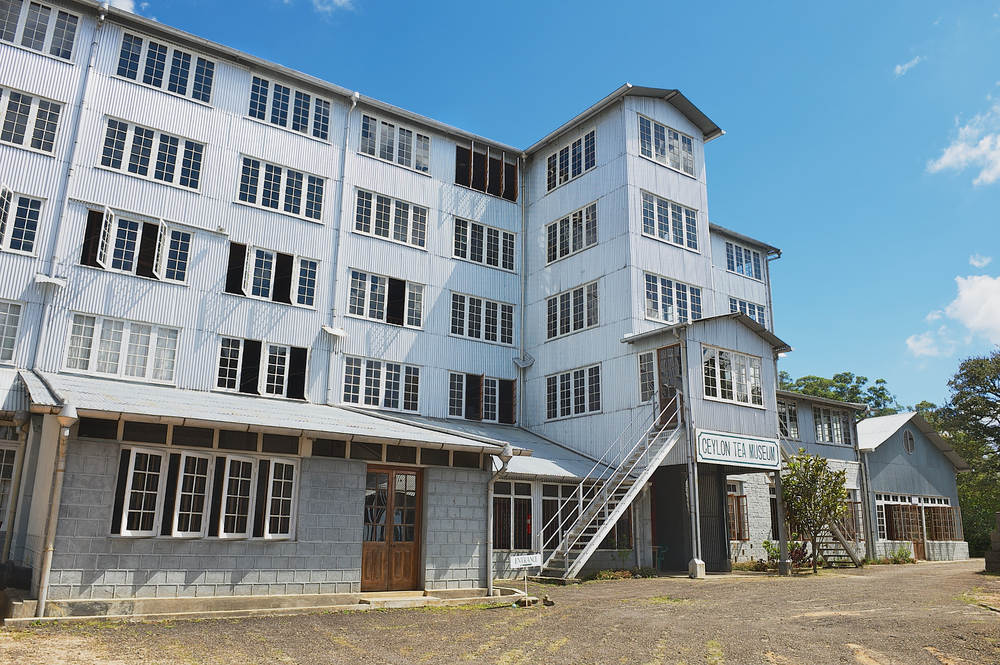
Housed in the 1925 Hantane Tea Factory building, this comprehensive museum chronicles Sri Lanka’s transformation from coffee to tea cultivation following the devastating coffee rust epidemic of the 1870s. Four floors of exhibits display vintage processing equipment, historical photographs, and personal effects from pioneer planters.
The top floor houses a functioning tea café where visitors can sample regional varieties while enjoying panoramic views across Kandy. Most valuable are the archives containing original documents from the early plantation era, including labor records that honestly address the difficult conditions faced by Tamil workers brought from southern India to establish the industry.
Damro Tea Lounge, Hatton
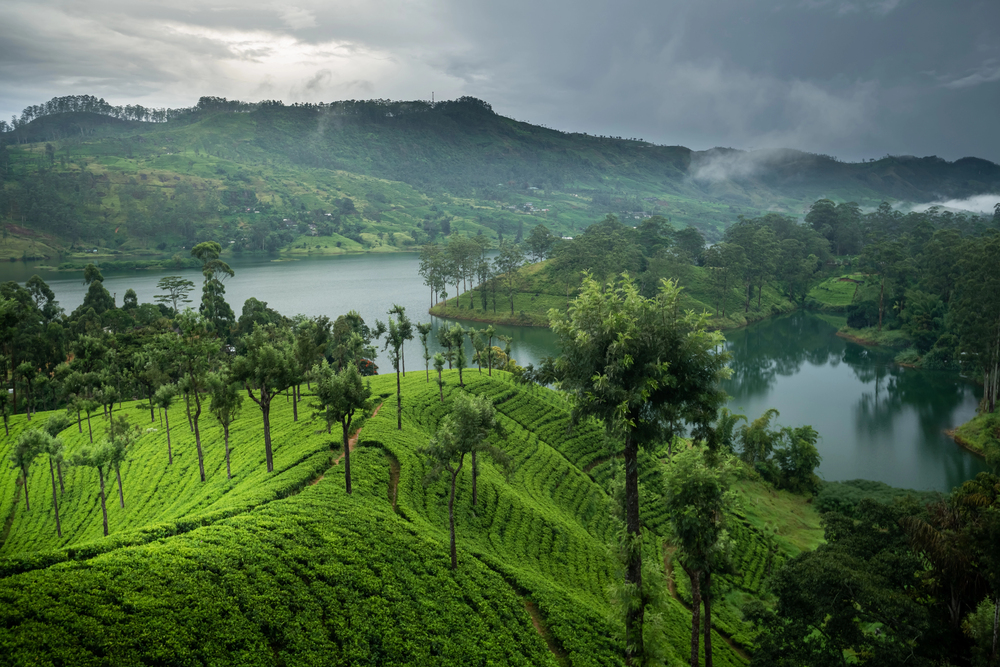
This modern tea center breaks from plantation tradition by focusing on creative preparation methods and contemporary tea culture. Their spacious lounge features floor-to-ceiling windows overlooking the Castlereagh Reservoir, where islands of tea gardens appear to float on the man-made lake.
Rather than traditional factory tours, Damro offers interactive blending workshops where visitors create custom tea mixes from various base components. Their menu includes innovative tea-based beverages like sparkling iced teas infused with local herbs, tea mocktails with fresh tropical fruits, and tea smoothies that introduce younger visitors to Ceylon tea’s versatility.
Like Travel Pug’s content? Follow us on MSN.
Glenloch Tea Factory, Katukithula
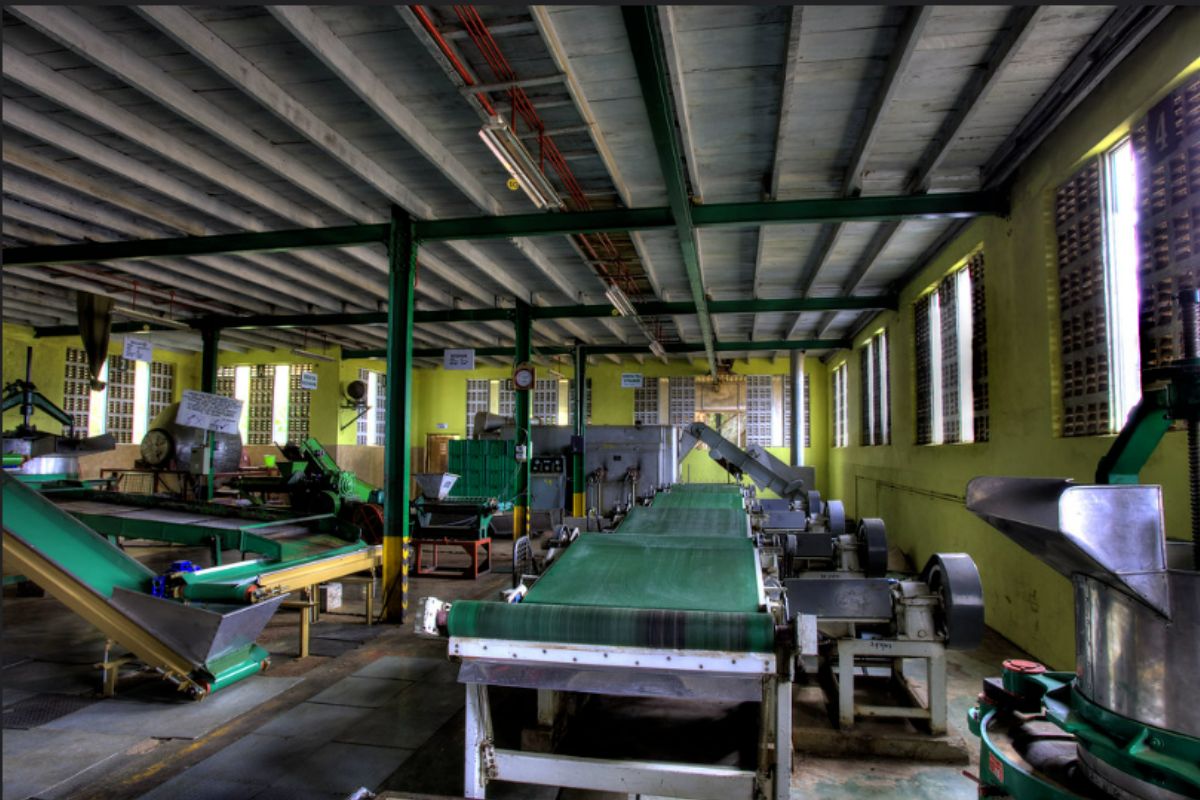
This historic factory maintains traditional production methods while allowing visitors unusually close access to the manufacturing process. The guided tour permits photography throughout—a rarity in working factories—while explaining how elevation, seasonal changes, and plucking standards affect quality.
Their specialty lies in delicate, high-grown teas from gardens situated above 6,000 feet, where slow growth in cool mountain air concentrates flavor compounds. The factory’s location along a dramatic mountain pass means frequent mist and cloud formations that create ethereal scenes as the landscape transforms throughout the day, offering photographers stunning opportunities to capture tea country’s changing moods.
Nuwara Eliya Golf Club Tea Room
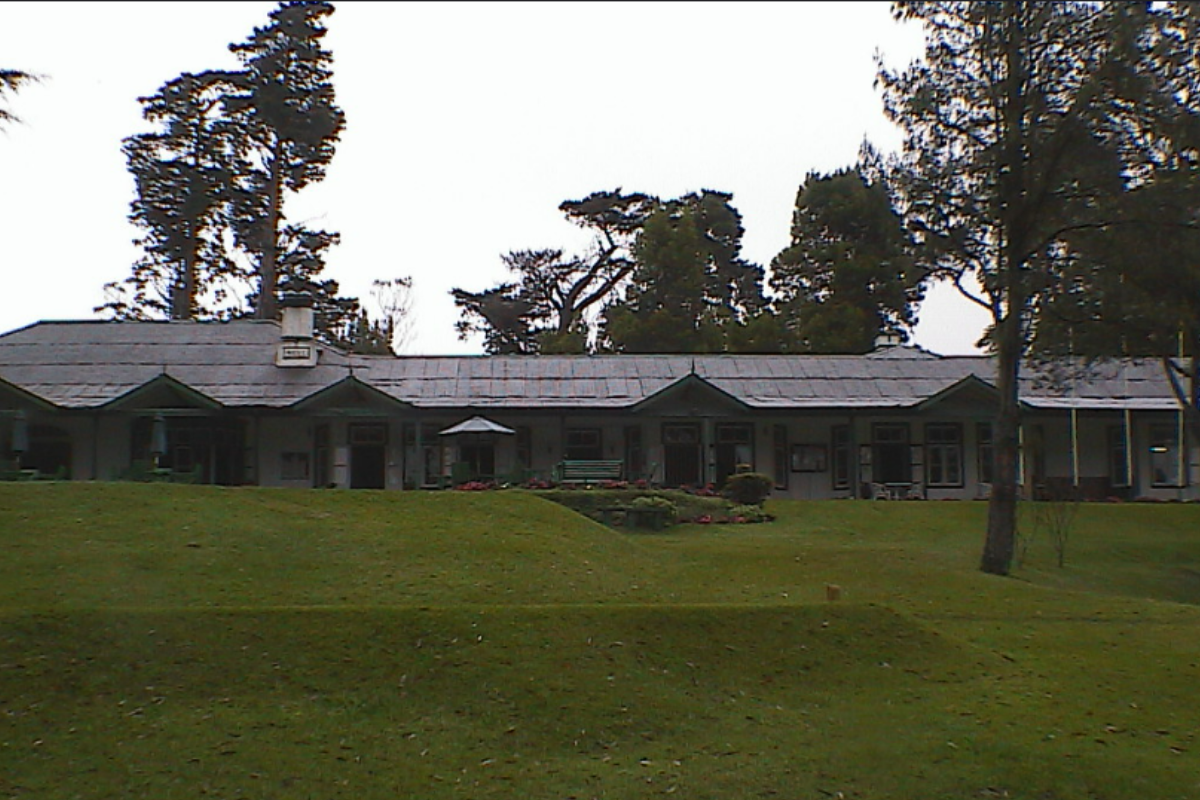
While not a plantation, this heritage site offers a glimpse into colonial tea culture from the consumer’s perspective. The Tudor-style clubhouse dates from 1889 and maintains its original wood-paneled tea room where British planters once gathered after a round on what they proudly called “the finest golf course east of Suez.”
Traditional English afternoon tea service includes tiered stands bearing cucumber sandwiches, fruitcake, and precisely brewed local orange pekoe served in bone china cups. The surrounding golf course—still active and open to visitors—features remarkable views across tea-covered hillsides from what was once the exclusive domain of European plantation owners.
Heritance Tea Factory Hotel, Kandapola
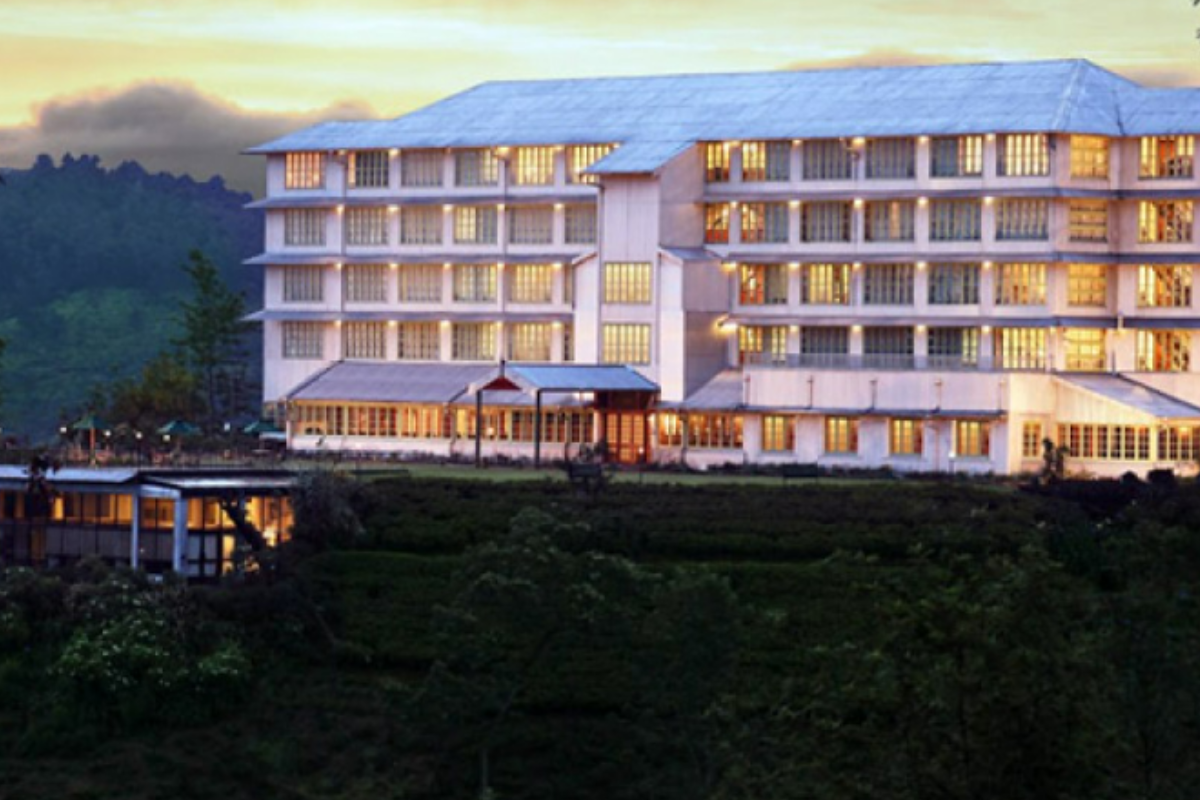
For immersive tea experiences, nothing matches staying in this converted tea factory where guest rooms occupy former withering lofts and processing halls. The hotel maintains much of the original industrial architecture, with massive wooden beams, exposed brick, and vintage machinery incorporated into public spaces.
Their “tea experience” program includes guided plucking sessions where guests learn the technique of selective harvesting before participating in mini-processing workshops. The property’s signature restaurant serves innovative tea-infused cuisine, incorporating local varieties into everything from salad dressings to meat marinades and dessert sauces.
Like Travel Pug’s content? Follow us on MSN.
Lovers Leap Tea Estate, Nuwara Eliya
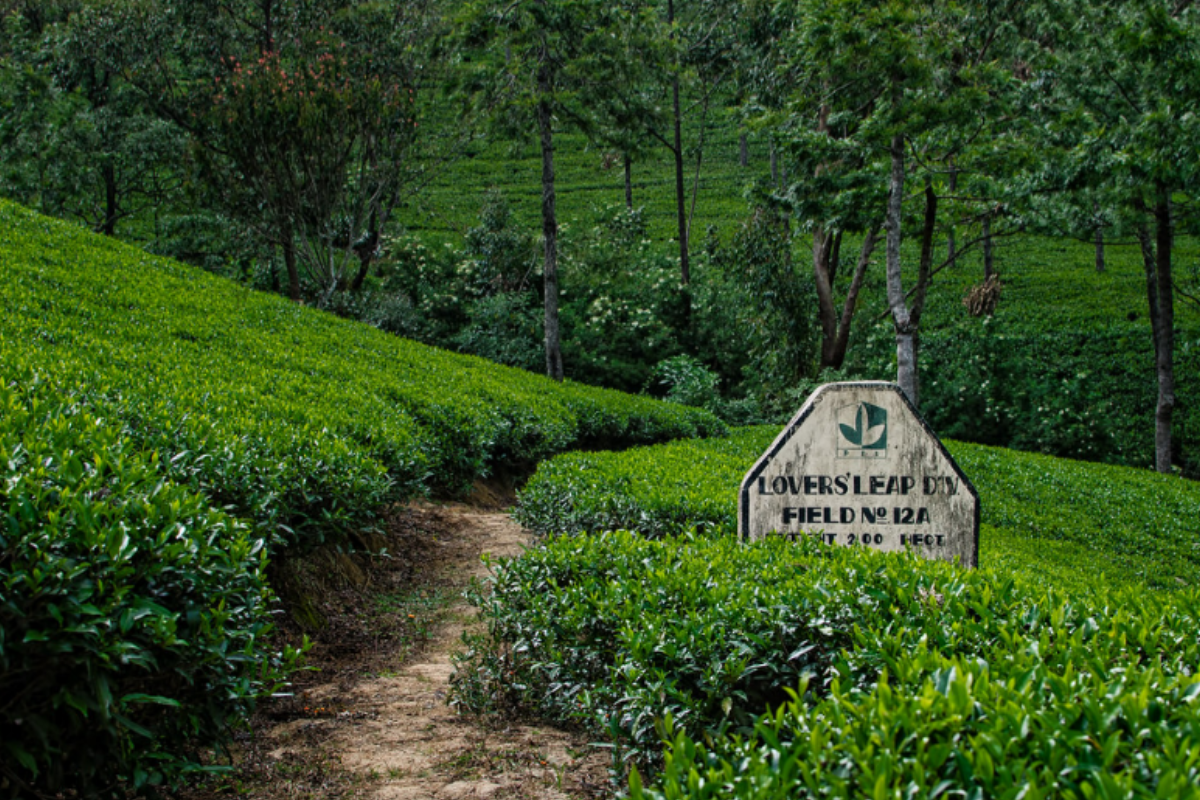
Named for a dramatic waterfall where legend claims two young lovers leaped to their deaths rather than being separated, this estate produces some of Sri Lanka’s most delicate high-elevation teas. Gardens situated above 6,200 feet experience extreme temperature variations that stress the plants, resulting in slower growth but more complex flavor development.
The winding footpaths through these steep tea gardens offer breathtaking views across the Nuwara Eliya valley, with opportunities to interact with pluckers who demonstrate remarkable balance while working along precipitous slopes. Their small factory maintains traditional long-withering techniques for white and specialty teas, with particularly close attention to preserving aromatic compounds during processing.
Warwick Gardens, Ambewela
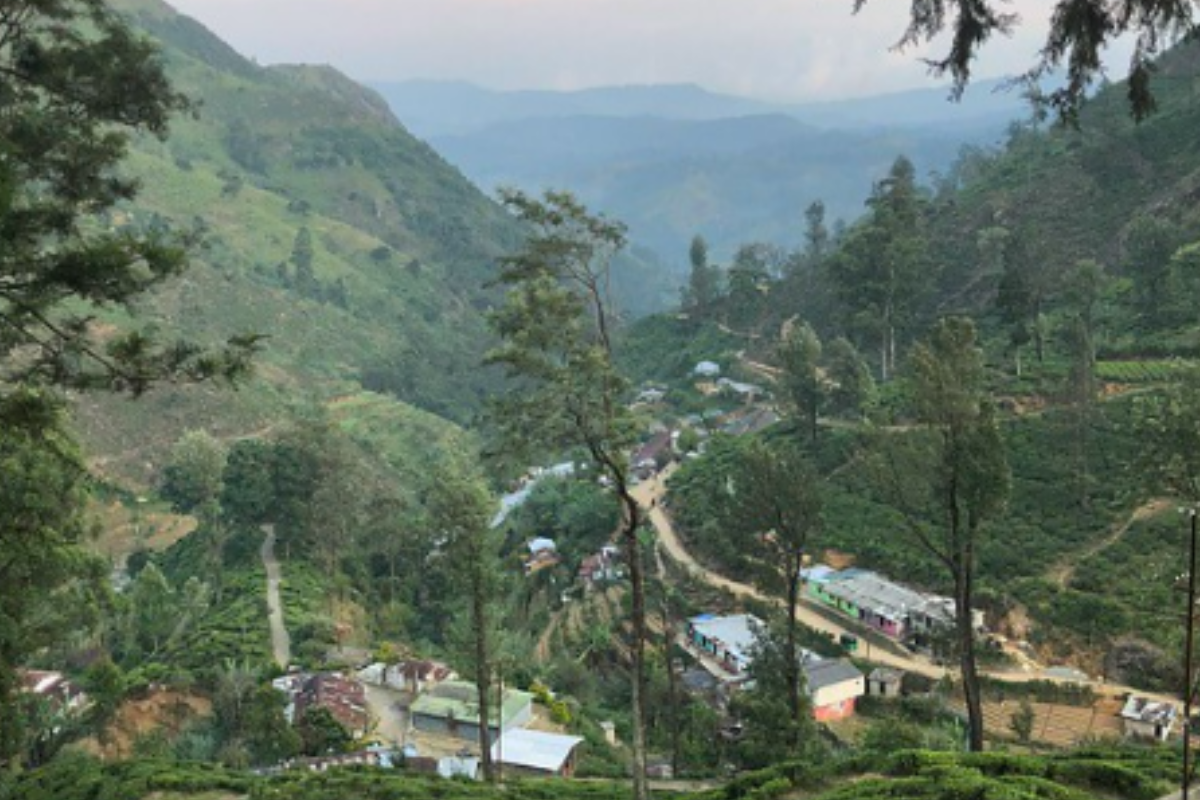
This boutique tea plantation and restored colonial bungalow offers perhaps the most exclusive tea experience in Sri Lanka, with just five guest rooms in a meticulously preserved planter’s residence. Guests participate in the entire field-to-cup process, from dawn plucking sessions with estate workers to afternoon tasting rituals in the original study, where production records have been kept since the 1880s.
The property maintains small experimental plots of unusual tea cultivars alongside the main commercial fields, allowing visitors to taste rarities not available elsewhere. The elevation—over 6,500 feet—creates challenging growing conditions that produce teas of remarkable complexity and bright flavor notes.
Handunugoda Tea Estate, Galle
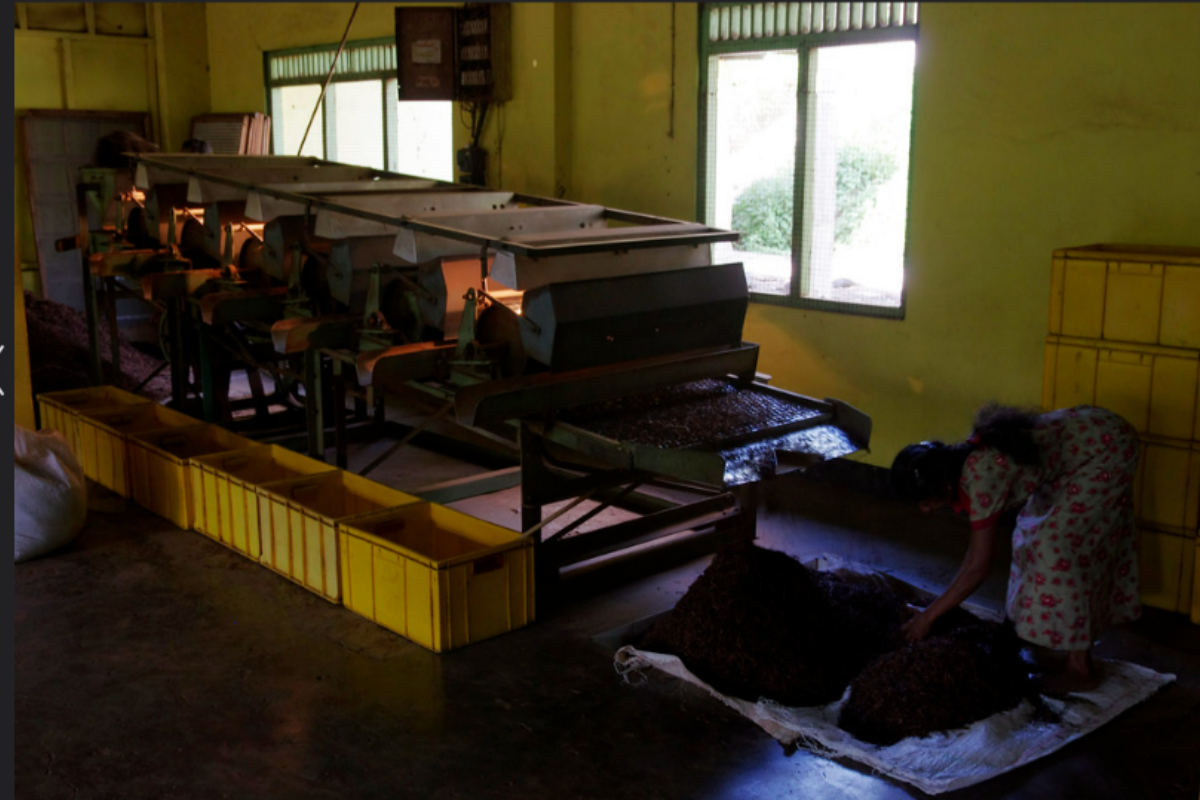
Though technically outside hill country in the southern lowlands, this unique estate deserves inclusion for producing Sri Lanka’s only “virgin white tea”—harvested according to an ancient Chinese imperial tradition where leaves are cut with golden scissors and never touched by human hands. Tours explain how this labor-intensive process preserves the natural enzymes and antioxidants typically affected by handling.
The estate also maintains a small tea museum in a restored colonial building, displaying artifacts from the region’s 150-year tea history alongside personal items from the founder’s family. Their tasting session includes both traditional black teas and rarely-encountered low-grown white varieties with distinctive tropical fruit notes not found in highland teas.
Like Travel Pug’s content? Follow us on MSN.
Storefield Tea Centre, Dickoya
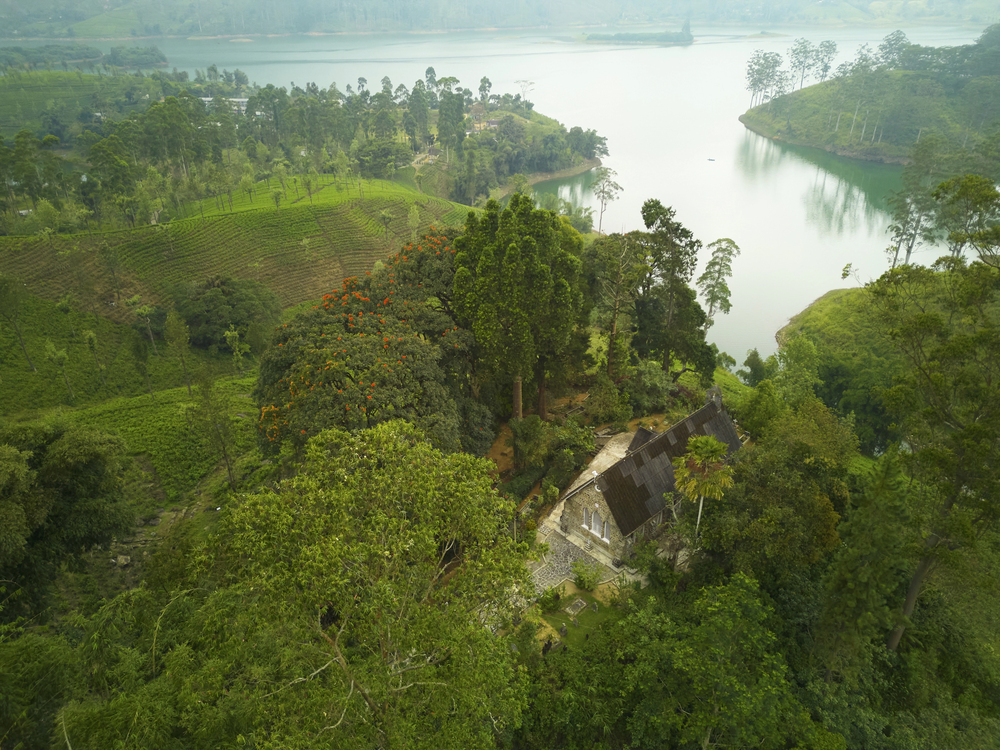
This working factory has modernized its visitor experience while maintaining authentic production processes, creating an ideal balance between education and entertainment. Interactive displays explain the chemistry behind tea processing, with clear illustrations showing how compounds develop during oxidation and firing stages.
What sets Storefield apart is its focus on sustainability initiatives, including solar-powered withering lofts, rainwater harvesting systems, and organic cultivation sections. Their guided tour includes stunning viewpoints over Castlereagh Reservoir, where morning mist creates dramatic scenes as it rises from the water through surrounding tea gardens.
St. Clair’s Falls Tea Plantation, Talawakelle
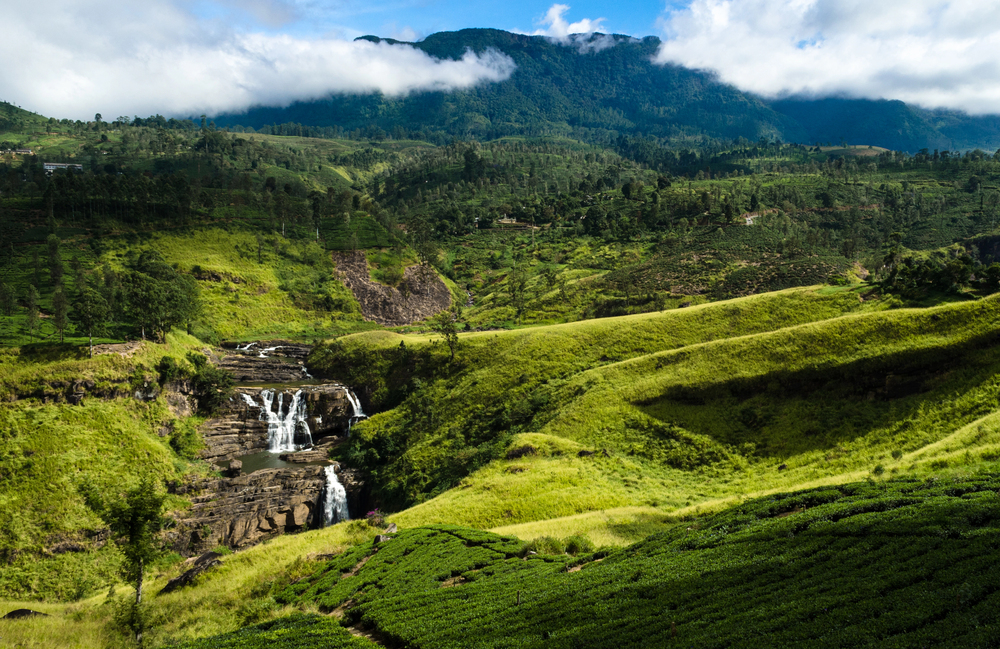
The spectacular “Little Niagara of Sri Lanka” forms the centerpiece of this estate, where tea gardens cascade dramatically down the mountainside toward twin waterfalls visible throughout the property. Their tours emphasize the relationship between tea cultivation and water resources, explaining how seasonal rainfall patterns affect growth cycles and flavor development.
The estate maintains portions of native forest alongside tea fields, creating biodiversity corridors that support endemic bird species and provide natural shade for specialty tea sections. Their unique tasting program pairs single-estate teas with local honey varieties produced within the plantation from flowering trees maintained specifically for beekeeping.
Dunkeld Tea Factory, Dickoya

This historic factory overlooks the emerald expanse of Castlereagh Reservoir, with tea gardens extending right to the water’s edge. Their specialized tour focuses on the art of tea tasting, with an extended session in the professional cupping room where estate tasters evaluate each day’s production.
Visitors learn the standardized slurp-and-spit technique used throughout the industry while developing vocabulary to describe subtle flavor characteristics. The estate’s collection of vintage photographs provides fascinating glimpses into plantation life across different eras, from early British ownership through nationalization in the 1970s to current Sri Lankan management, creating a visual timeline of the industry’s evolution.
Like Travel Pug’s content? Follow us on MSN.
Adam’s Peak Tea Trails, Hatton
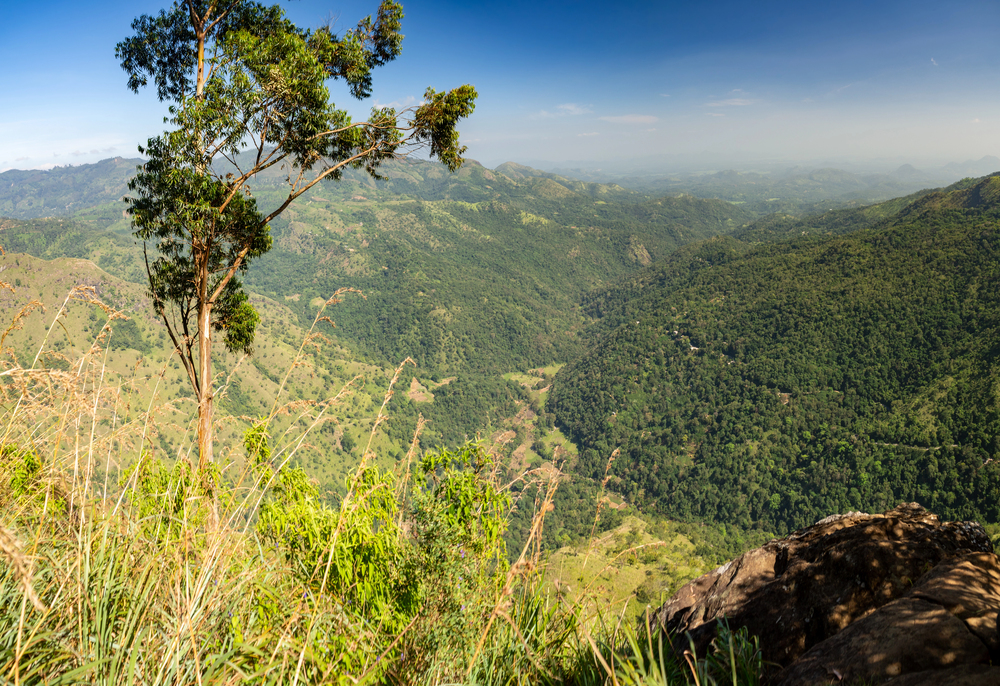
This network of hiking paths connects restored plantation bungalows around Castlereagh Reservoir, creating multi-day tea experiences where travelers walk between luxury accommodations through working tea estates. Each carefully mapped route includes interpretation signs explaining cultivation practices visible along the trail, from pruning techniques to irrigation systems and shade management.
The paths often intersect with pluckers’ routes, allowing natural interaction with workers who sometimes demonstrate their techniques when encountering interested visitors. The trails include designated viewpoints with thoughtfully placed benches where hikers can rest while contemplating the meticulous patchwork of tea gardens that have transformed these mountains over generations.
Beyond the Brew
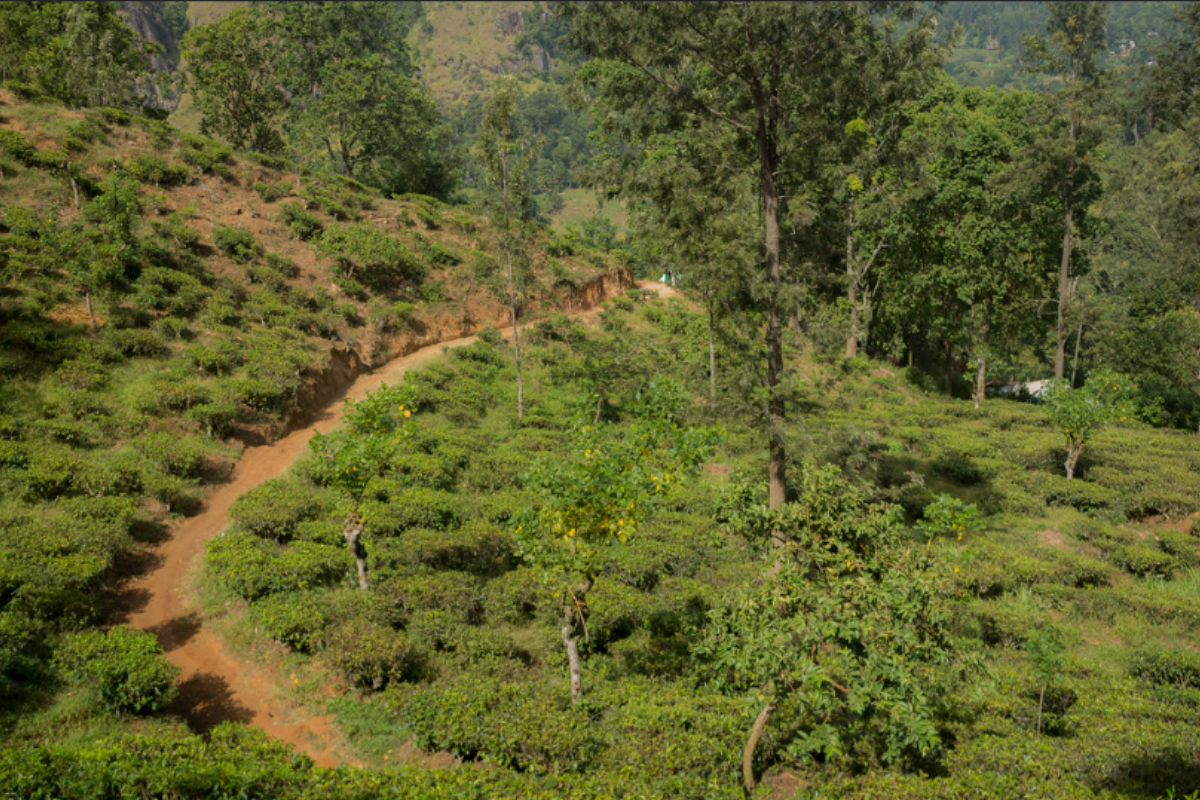
Sri Lanka’s hill country offers tea enthusiasts far more than factory tours and tastings—it provides immersion in a living tradition that has shaped every aspect of the region’s culture, landscape, and identity. From the Tamil workers whose ancestors arrived generations ago to establish these gardens to the careful manufacturing processes that have evolved over 150 years, the story of Ceylon tea encompasses colonial history, agricultural innovation, and environmental stewardship.
These eighteen stops reveal different facets of that complex heritage, connecting visitors to both the people and places behind one of the world’s most beloved beverages. The experience transcends mere consumption, creating a deeper appreciation for the journey from misty mountainside to morning teacup.
More from Travel Pug

- Cities Growing so Fast You Won’t Recognize Them in 10 Years
- 13 Destinations Where Tourists Regularly Regret Their Trip
- 20 Obscure WWII Sites Even History Buffs Don’t Know About
- 10 Under-the-Radar Mountain Towns That Are Both Affordable and Beautiful
- Remote Villages in Europe Where You Can Live for Free in Exchange for Work
Like Travel Pug’s content? Follow us on MSN.
